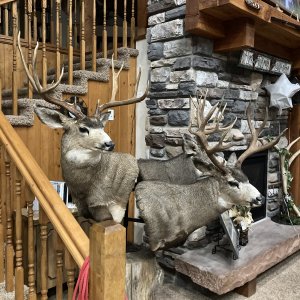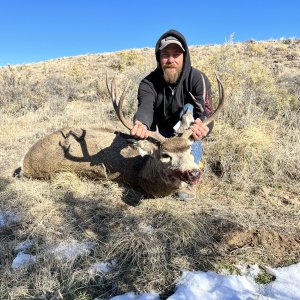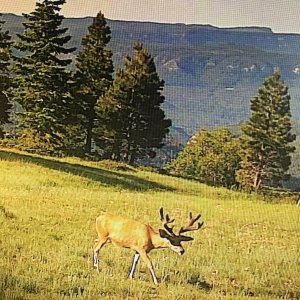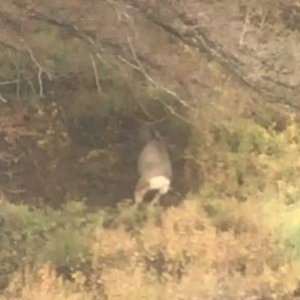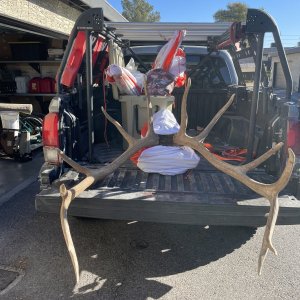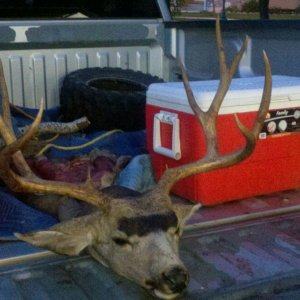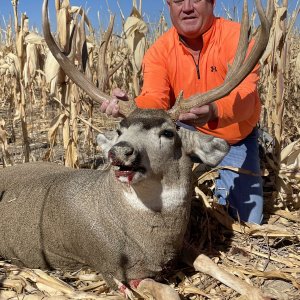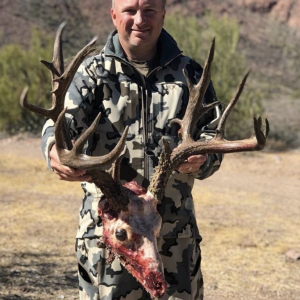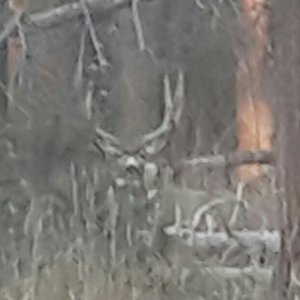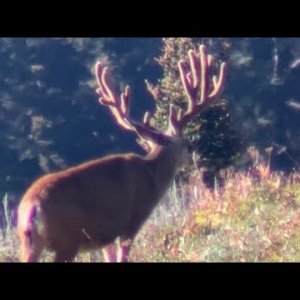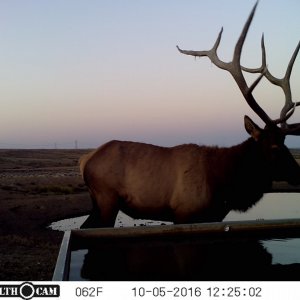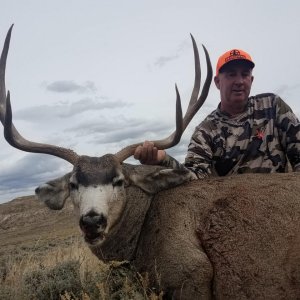there is no question that several factors besides water affect antler development. however, genetics don't change, age is what it is, but the nutrition does and will change from year to year. water is the key factor here. IMO, there is some truth to bulls being bigger on average precip years than on above average years. there are a lot of things to consider when discussing precipitation and antler development such as timing of precip (fall, winter, spring summer), type of precip (snow vs. rain vs. freezing rain), terrain type (mostly browse, lots of grasses, etc.), and others. all of these factors are controlled by water and this year there are certainly some interesting dynamics to consider in the SW for antler development. good luck this year.

